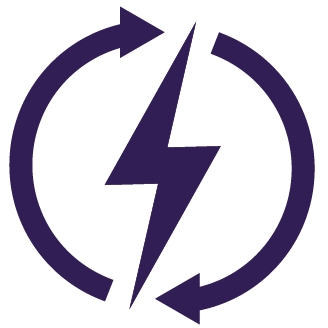Is Your Car Not Starting?
It might be your battery—but not always. Here’s how to know for sure.
Signs of a Dead Battery
- You hear a clicking sound when you turn the key.
- Dashboard lights come on, but the engine doesn’t crank.
- Headlights are dim or don’t turn on.
- You recently left lights or accessories on.
- It’s been more than 3–5 years since you replaced your battery.
If these sound familiar, your battery may need a jump-start or replacement.
Common Causes of Battery Failure

Age: Most batteries last 3–5 years. Performance declines over time.

Heat: High temperatures accelerate chemical wear and water evaporation.

Vibration: Loose mounts or rough roads can damage internal components.

Frequent short trips: The battery doesn’t get enough time to fully recharge.

Parasitic drains: Electronics or lights stay on after the engine shuts off.

Corrosion: Buildup on terminals can block electrical flow.

Improper installation: Wrong battery type or loose connections.
Battery vs. Alternator
Sometimes a starting issue isn’t the battery—it’s the alternator.
- Battery issues: Car starts after a jump but dies later. Power fades over time.
- Alternator issues: Battery light is on while driving. Dim or flickering lights. Electrical issues while running.
If unsure, get a full electrical system test at a local service center.
What to Do Next

Step 1: Try Jump-Starting — Use jumper cables or a jump pack and drive for 20+ minutes.

Step 2: Replace the Battery — If it’s old, won’t hold a charge, or frequently dies.

Step 3: Get a Professional Test — For a full vehicle diagnostic.
Avoid Future Battery Problems
- Turn off lights and electronics before exiting the car.
- Get your battery tested twice per year.
- Replace your battery every 3–5 years (or sooner in harsh conditions).
- Use our battery finder to get the right fit for your car and driving style.

